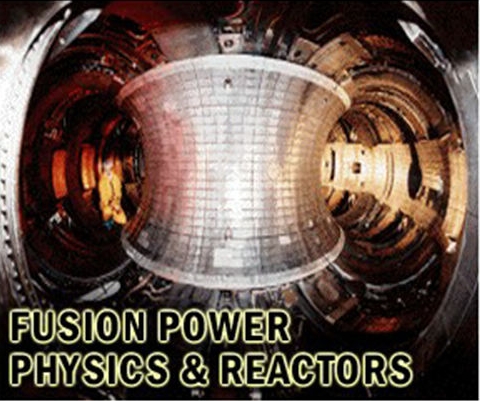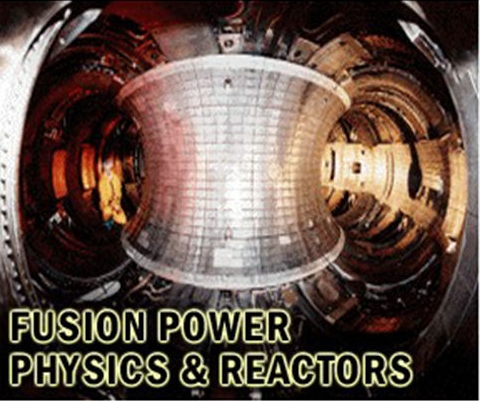

Achieving effective plasma confinement is essential for advancing nuclear fusion power plants, a goal central to ITER-the world's largest tokamak under construction in Cadarache, France. However, maintaining plasma edge stability is critical to confinement. Current tokamaks face disruptions caused by Edge Localized Modes (ELMs), magnetohydrodynamic waves that resemble solar flares. These instabilities result in significant energy and particle losses, which can lead to unacceptable erosion and heat flux levels on plasma-facing components in future reactors.
Energetic, or suprathermal, particles are pivotal for sustaining fusion reactions, as they provide vital momentum and energy. Their confinement is crucial for the functionality of future burning plasmas. An international research collaboration has examined how these energetic ions impact ELMs, combining experimental work, modeling, and simulations to uncover new insights into their behavior.
Researchers conducted experiments on the ASDEX Upgrade tokamak at the Max Planck Institute for Plasma Physics in Garching, Germany. The team employed a hybrid computational tool called MEGA to simulate the self-consistent interactions between ELMs and energetic particles. By comparing simulation results with experimental data, they gained a deeper understanding of how energetic particles influence the spatio-temporal structure of ELMs. The findings reveal a resonant energy exchange mechanism between ELMs and energetic particles as the key interaction process.
This resonant exchange explains the similarities observed between ELM signatures in magnetic diagnostics and fast-ion loss detectors. "In our publication, we demonstrate that energetic ion kinetic effects can alter the spatio-temporal structure of the edge localized modes. The effect is analogous to a surfer riding the wave. The surfer leaves footprints on the wave when riding it. In a plasma, the energetic particle interacts with the MHD wave (the ELM) and can change its spatio-temporal pattern. Our results can have important implications for the optimization of ELM control techniques. For instance, we could use energetic particles as active actuator in the control of these MHD waves," explained Jesus Jose Dominguez-Palacios Duran, the study's lead author.
Published in Nature Physics, this research marks a significant milestone by providing the first detailed understanding of the interaction between energetic ions and ELMs. The results suggest that ITER could experience strong energy and momentum exchanges between ELMs and energetic ions, offering valuable insights for optimizing ELM control methods.
This study was supported by funding from the European Research Council, the EUROfusion Consortium, the Spanish Ministry of Science, Innovation and Universities, and the Junta de Andalucia.